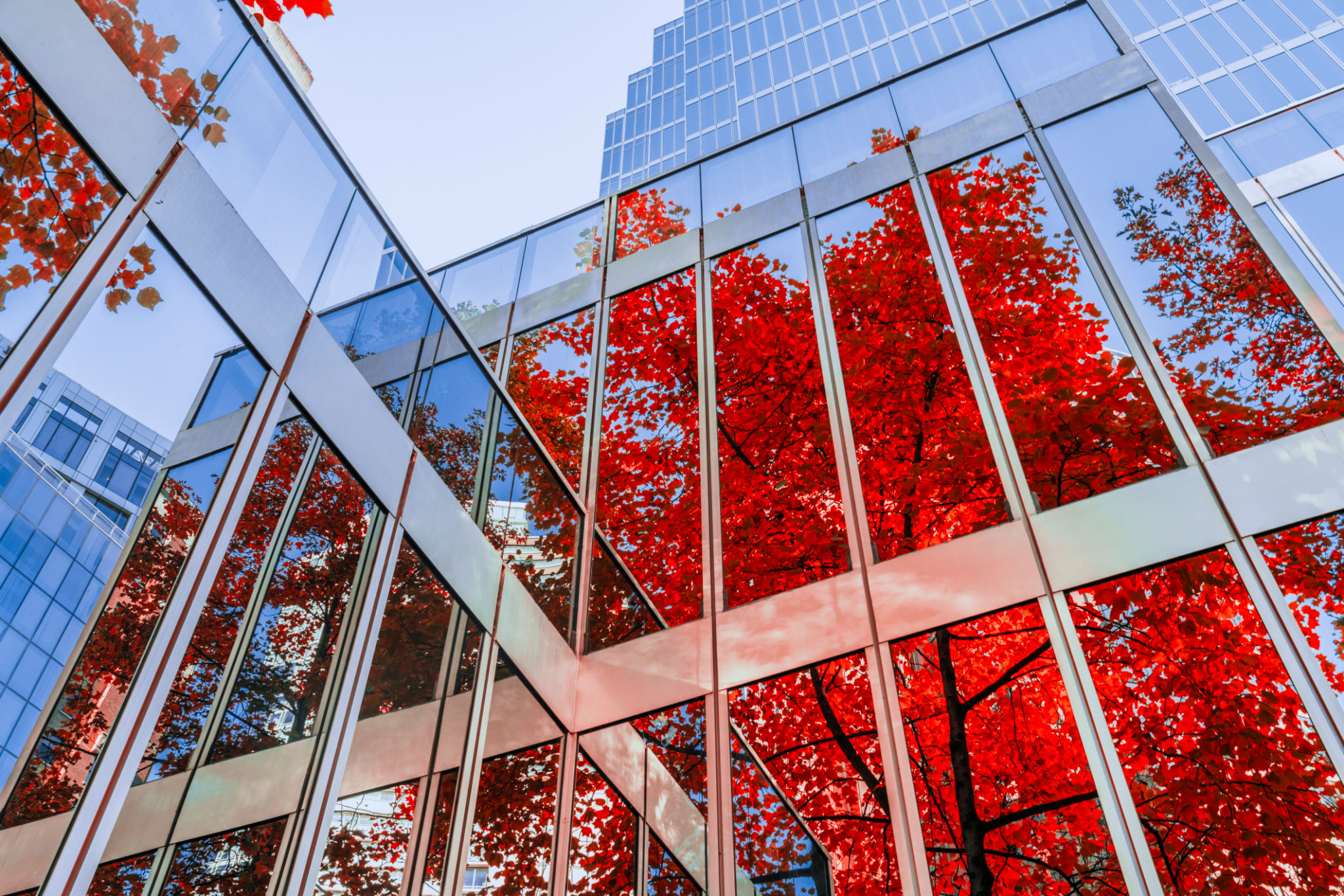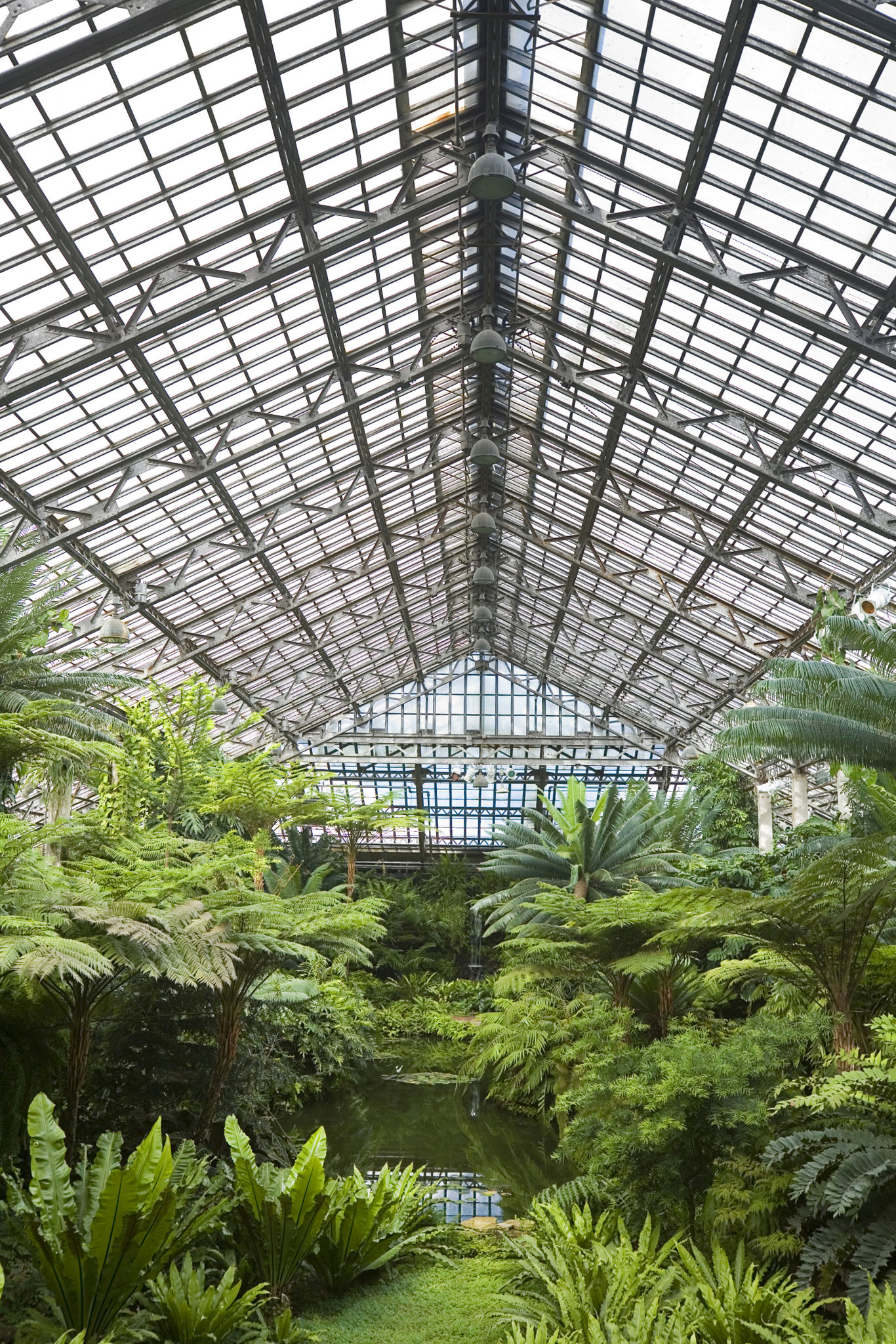Understanding Land Preservation: Why It's Crucial for Chicago's Future
Understanding Land Preservation
In the bustling metropolis of Chicago, where skyscrapers dominate the skyline and urban development is ever-expanding, the importance of land preservation cannot be overstated. As the city continues to grow, it becomes crucial to strike a balance between development and conservation. Land preservation plays a pivotal role in ensuring that Chicago remains a sustainable, healthy, and vibrant place to live.

The Environmental Benefits of Land Preservation
Preserving land in Chicago offers a multitude of environmental benefits. It helps maintain biodiversity by protecting habitats for various species of plants and animals. Moreover, green spaces act as natural air filters, improving air quality by absorbing pollutants and producing oxygen. They also play a critical role in managing stormwater, reducing the risk of flooding by allowing rainwater to be absorbed naturally.
Furthermore, preserved lands help combat the urban heat island effect—a phenomenon where urban areas experience higher temperatures than their rural surroundings. By maintaining parks, gardens, and natural reserves, Chicago can keep its climate in check, offering cooler areas that provide relief during hot summer days.

Economic and Social Impacts
Beyond environmental factors, land preservation has significant economic and social impacts. Green spaces increase property values, as homes near parks and natural reserves are often more desirable. This increase in property value can lead to higher tax revenues for the city, which can then be reinvested into community services and infrastructure.
Socially, access to preserved natural areas enhances the quality of life for residents. Parks offer spaces for recreation and relaxation, promoting physical health and mental well-being. They provide communal areas for families, friends, and neighbors to gather, fostering a sense of community and belonging.

Challenges and Solutions in Land Preservation
Despite its benefits, land preservation faces challenges in a growing city like Chicago. Urban development pressures often prioritize construction over conservation. However, innovative solutions can be implemented to address these challenges. For example, urban planners can integrate green spaces into new developments, ensuring that nature is part of the urban landscape.
Community involvement is another crucial factor. Encouraging public participation in preservation efforts can lead to more effective and sustainable outcomes. Local organizations and residents can advocate for policies that protect natural areas and participate in initiatives like community gardens or tree-planting programs.
The Role of Policy and Legislation
Effective land preservation requires robust policy frameworks and legislation. Zoning laws and conservation easements are tools that can help protect land from overdevelopment. By setting aside areas specifically for conservation, policymakers can ensure that these lands are maintained for future generations.
Moreover, collaboration between government agencies, non-profit organizations, and private stakeholders is essential. By working together, these entities can pool resources and expertise to create comprehensive preservation strategies that benefit all Chicagoans.

The Future of Land Preservation in Chicago
As we look to the future, the importance of land preservation in Chicago becomes even more apparent. With climate change posing new challenges, preserving green spaces will be vital for the city's resilience. These areas will not only provide environmental benefits but also serve as crucial resources for education and research about sustainable practices.
In conclusion, land preservation in Chicago is not just about maintaining green spaces; it's about securing a sustainable future for the city. By understanding the importance of these efforts and actively participating in them, we can ensure that Chicago remains a thriving city where both people and nature coexist harmoniously.